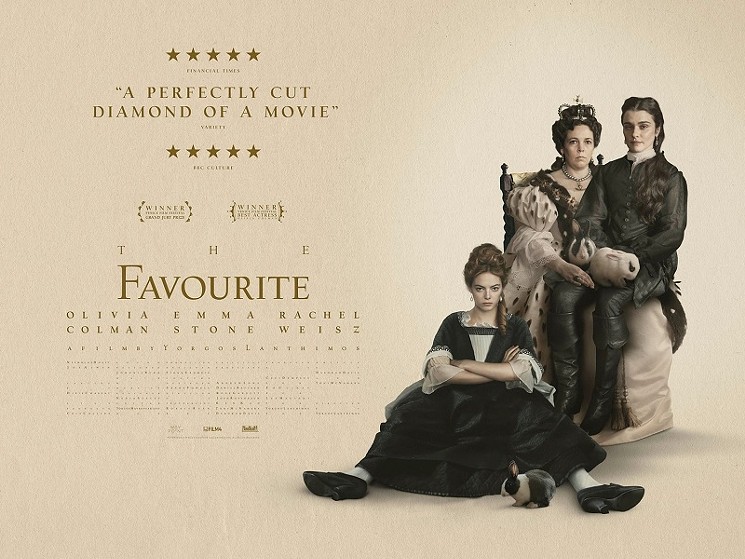
by Erik Bork | Mar 1, 2019
Subtext is often talked about as the key to good dialogue. But what is it, exactly, and how do we use it? Subtext is what characters are really thinking, behind what they’re actually saying. In the best dialogue, the two things tend to be different. The audience...
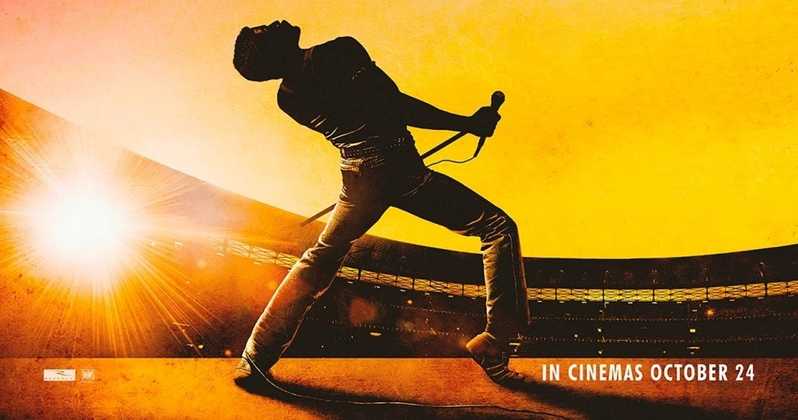
by Erik Bork | Nov 7, 2018
At the core of what we’re trying to do with any script is to make strangers care. Virtually every note I give on any script ultimately connects to that goal. We want people to emotionally invest. It must matter to them what happens in our stories. And...
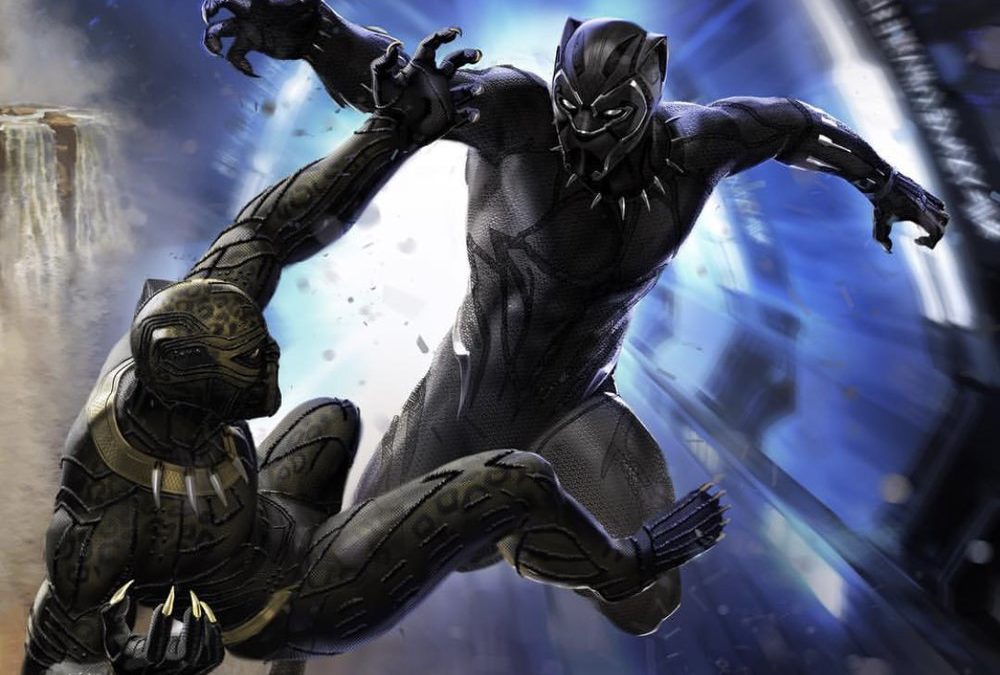
by Erik Bork | Nov 2, 2018
The show runner of a drama series I once worked on described what he wanted in the middle of an episode as being a “punch – counterpunch” dynamic between the good guys and the forces opposing them. As I coach writers these days on their projects, I...
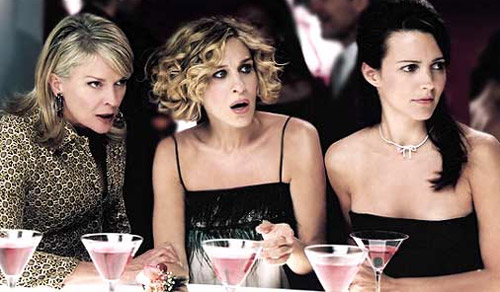
by Erik Bork | Jul 5, 2018
When I first started writing, I wish someone had explained to me what the necessary elements of a scene were. (As well as the key criteria for a good story.) In many scripts I read (and some I’ve written!), the writer seems a little hazy about what a scene...
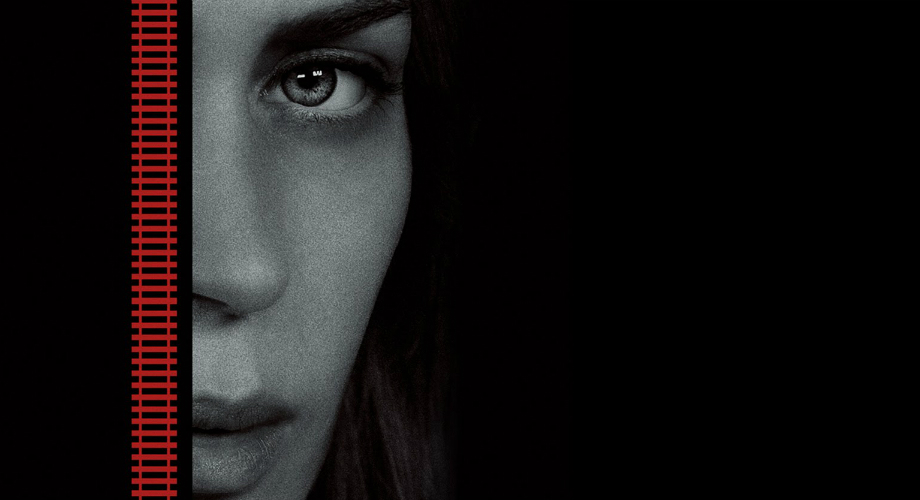
by Erik Bork | Apr 29, 2018
Someone has been murdered. Or at least it looks that way. Or some other dastardly thing has happened, or will happen. The main character has to get to the bottom of it — to investigate, identify and catch the bad guys, and stop them or bring them to justice....

by Erik Bork | Mar 30, 2018
There are certain fundamental qualities that stories for the screen seem to need, which all writers struggle to master. I see problems related to these qualities in virtually every idea or script — including my own! I have blogged about all of these over the...
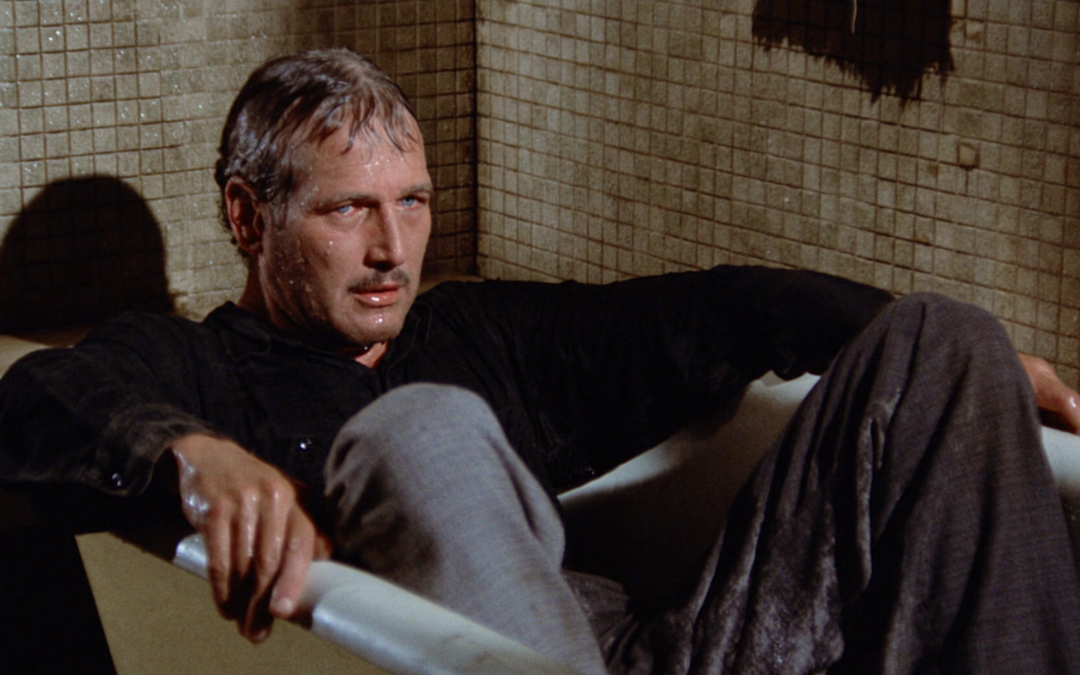
by Erik Bork | Jan 4, 2018
I’ve written before about the first ten pages of a screenplay, and touched on the nature of the Catalyst (which the Save the Cat “beat sheet” insists should happen on exactly page 12). But I haven’t yet focused on its “Debate Section” —...

by Erik Bork | Dec 22, 2017
Blake Snyder’s Save the Cat books called the first half of a screenplays second act the “Fun & Games section.” This is where the action shifts to an “upside down world” of some kind, where the main character will try to confront their overall story problem/goal....
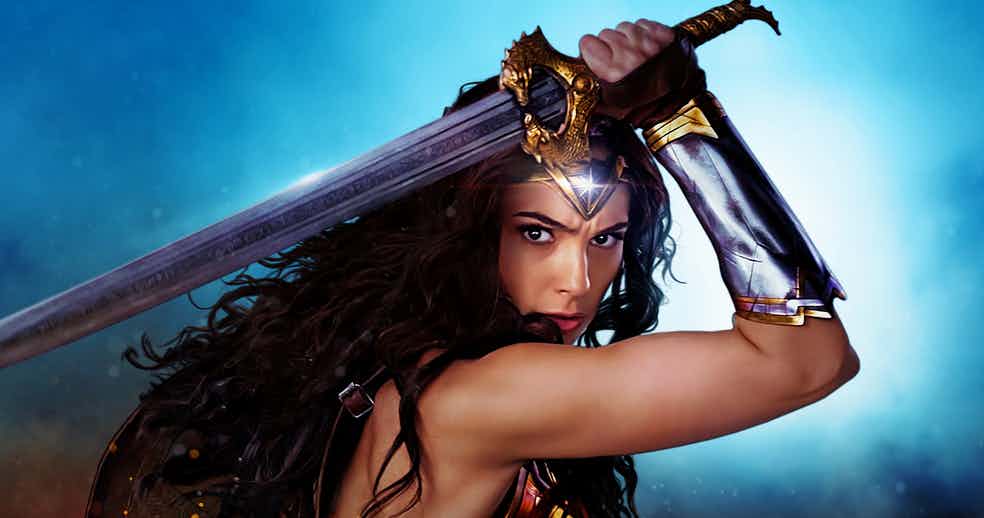
by Erik Bork | Dec 2, 2017
Many writers believe their story needs a villain — a single character who is the main source of opposition in the story, or the primary “bad guy.” Since arguably all stories have a “protagonist,” don’t they all need an “antagonist”? I don’t believe they...

by Erik Bork | Nov 25, 2017
The main character of a story has a problem they want to solve. The main character of a story has a goal they want to achieve. Which is it? It’s either, and it’s both. The main character has a problem and/or a goal. Sometimes people refer to it as the...











